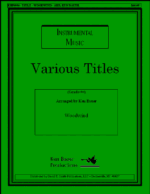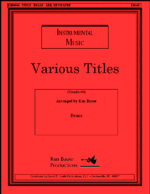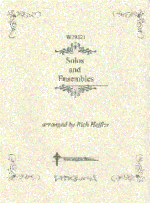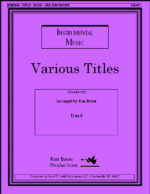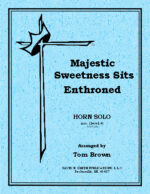-
My Faith Looks Up To Thee
$5.50solo with piano. This classic hymn is arranged at the intermediate performer’s level yet is crafted with expressivity and symmetry. Both the soloist and piano accompanist are featured.
-
My Faith Looks Up To Thee
$5.50solo with piano. This classic hymn is arranged at the intermediate performer’s level yet is crafted with expressivity and symmetry. Both the soloist and piano accompanist are featured.
-
-
-
-
-
-
-
-
-
Allegro molto
$50.00A transribed work with key and ossia passages given consideration and will work well for smaller concert band or wind ensembles- from W.A. Mozart’s Divertimento No. 14, K. 270
-
Beautiful Savior CD accompaniment
$26.95The Morning Trumpet, Like A River Glorious, Think Ofn These Things, Silent Night and six others
-
Beautiful Savior (collection)
$26.95The Morning Trumpet, Like A River Glorious, Think Ofn These Things, Silent Night and six others
-
Majestic Sweetness Sits Enthroned
$5.75The traditions of this tune and its words run long and deep. The beginning is a simple statement of the tune and is so ever carefully embellished as the piece progresses. It sets the mood for careful reflection as well.

